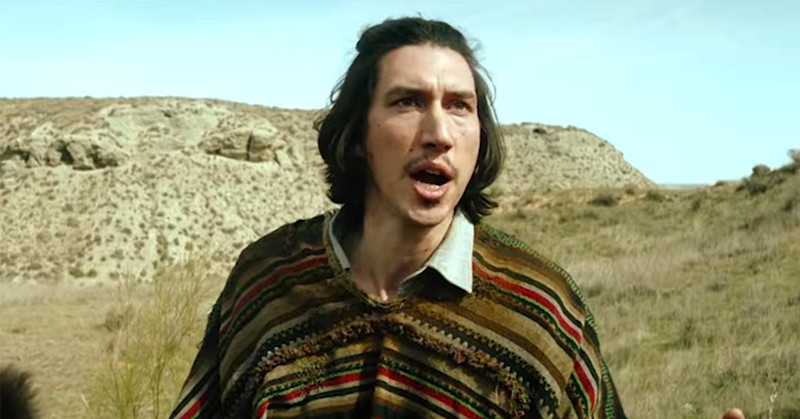
As far as film festivals go, Cannes has long remained the gold standard. A festival with such a rich and diverse history over nearly a century so much that the name of the city it originated from became almost synonymous with the festival itself. It’s a festival made venerable not only by legends, but by making legends. Having your film premiere at the distinguished festival almost always guarantees its level of quality.
Though this year’s festival lineup is considerably weaker than last year’s, which saw the emergence of masterpieces by established filmmakers and familiar faces like Michael Haneke and Yorgos Lanthimos, as well as the establishment of younger filmmakers like the Safdies, this year’s lineup still isn’t disappointing.
With that being said, and ignoring the controversy between Cannes and Netflix, here are the 10 most anticipated films of Cannes 2018.
10. The Image Book
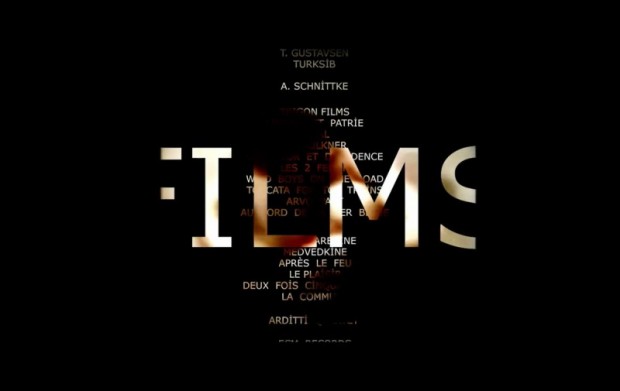
The French New Wave has long been established as a film movement that dares to experiment with film grammar. It’s radical, it’s bold and exuberant. It reinvented the very way modern auteurs approach cinema and inspired generations of budding filmmakers.
Though most of the individuals from the Nouvelle Vague have unfortunately passed over the years, there remains one man. Perhaps the most radical of them all, one man who still retains his undying drive to not only make films after half a century, but to continue challenging the medium and reinvent what has already been reinvented.
His latest film, The Image Book, a work two years in the making, sees Godard examine the ideologies that define a modern Arabic society. Taking into consideration Godard’s previous film, Goodbye to Language, we can roughly ascertain the type of film The Image Book would be. Though not all us may enjoy the film or even understand it, it certainly has some substance to it, considering Godard’s reputation and his previous film’s Grand Prix win.
He may not reinvent or rewrite any film grammar with The Image Book, but it certainly would be insightful, even just slightly, to just simply see his method unfold and how exactly is he going to, once again, bend the rules that define cinema. The very rules that we’ve grown so accustomed to.
9. Shoplifters
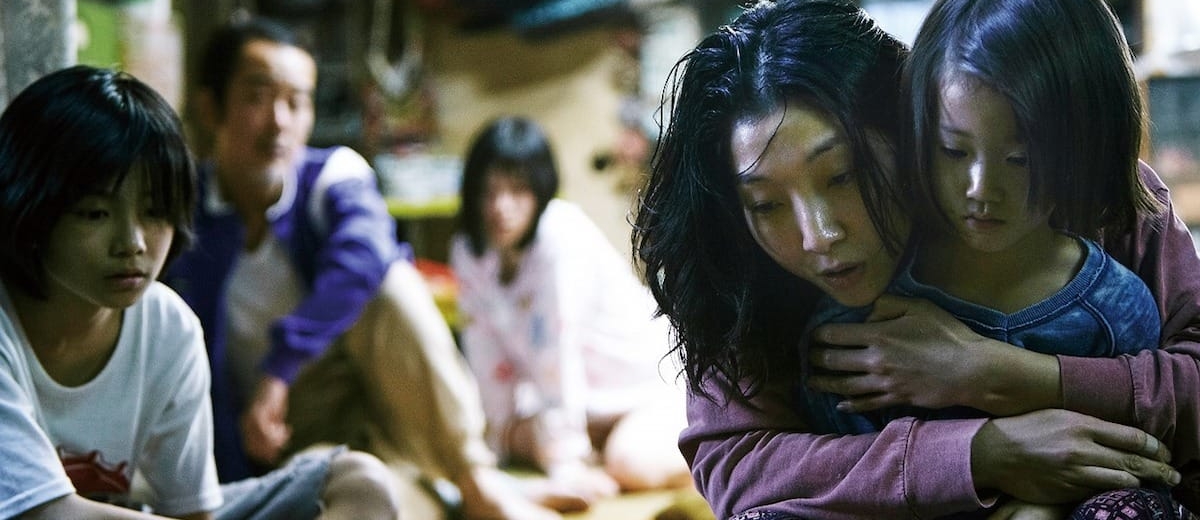
No matter how simple, how seemingly mundane and ordinary, it’s undeniable that there’s a certain sense of mystique that shines from the work of Hirokazu Koreeda. He’s able to speak volumes about the human condition, honouring the insignificant. Venturing into subject matter that other filmmakers would avoid in favour of exploring more ostentatious content, placing a much needed focus on the lives of everymen.
Shoplifters, as the title suggests, centres around a family of shoplifters as they take in a young street urchin into their family. Being familiar with Koreeda’s filmography, you can come to expect a moving tale meticulously exploring the dynamics that define inter-personal relationships.
A strong and nuanced realist narrative that avoids any attempt at melodrama or extravagance in presentation. A film that though understandably leans more towards the slower side, is certain to evoke some emotional response in even the densest of individuals.
8. Three Faces
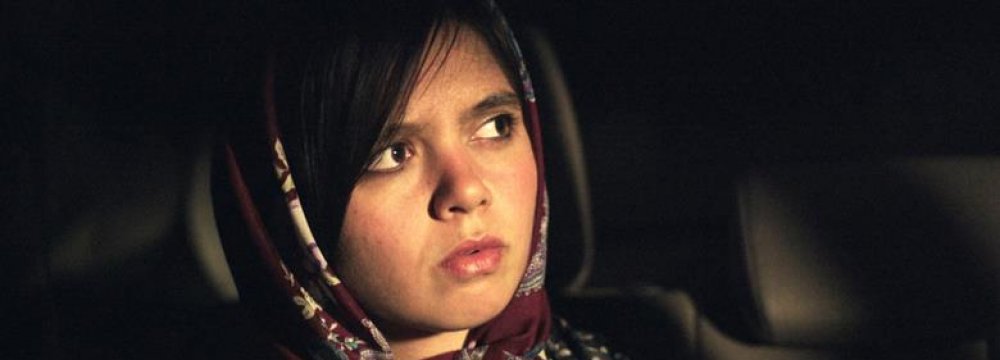
Iran has long gained infamy as a country with a politically charged cinema. Iranian filmmakers are so incredibly restrained by the government in terms of the themes and ideologies they’re able to explore in their films, that they either work within these limitations to the best that they possibly can, or find creative ways to break from these restraints.
Jafar Panahi belongs to the second school of thought. The term “Guerrilla filmmaking” so prominently explored by independent filmmakers of the West has absolutely nothing on the boldness that is Panahi’s radical approach to his filmmaking.
Three Faces follows the lives of three different actresses at three different points of time in their career. Though this general plot description lacks that strong radical nature as do his earlier works like Taxi Tehran and This is Not a Film, you can be certain of the film telling the stories that these individuals have to tell, in a way that’s deeply personal above anything else.
Panahi truly has a seamless ability to blend that which is non-fiction and fiction, the same quality that made gave his contemporaries like Kiarostami such recognition in the international scene. Here’s to hoping that his latest effort earns him that same heightened sense of recognition.
7. Dogman
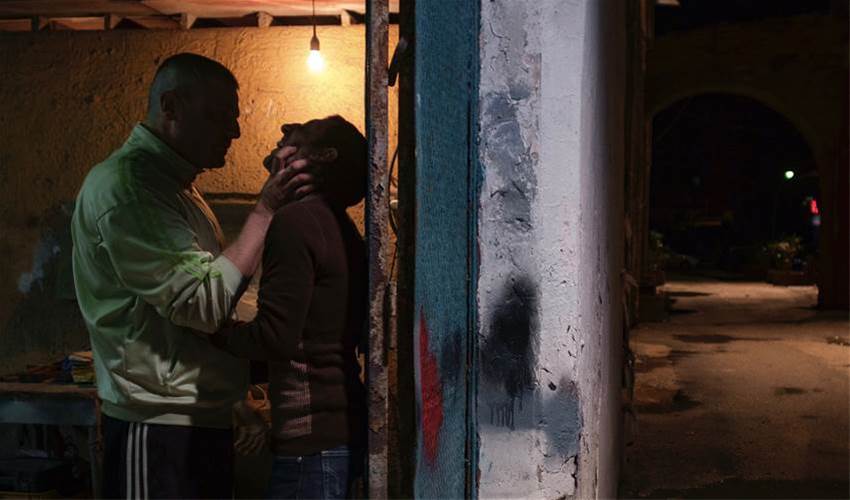
Matteo Garrone may be the least well-known filmmaker on this list to general audiences, with his name certainly not being noteworthy enough to turn heads. However, he’s certainly no stranger to the arthouse scene at Cannes, with his films netting him the revered Grand Prix on two separate occasions.
It’s no easy feat to blend a naturalistic style with strong focus on imparting a gritty reality through the use of long takes, together vibrant aesthetics conveyed through an omniscient camera, all while still maintaining a strong command of a consistent visual language.
Despite Dogman’s apparently docile and uninspired appearance as a PSA against animal cruelty, there’s something rather “off” about the film as seen in the trailer. Something different and far more poetic than what it seems. Something more or less to be expected by perhaps one of the most underrated names in hyperbolic, satirical filmmaking.
Dogman won’t just merely be a simple film about a man and his love for dogs. It’s certainly going to be a film so much more than what it outwardly appears to be, and who knows? It may even net Garrone his third Grand Prix or maybe even the Palme D’or.
6. Cold War
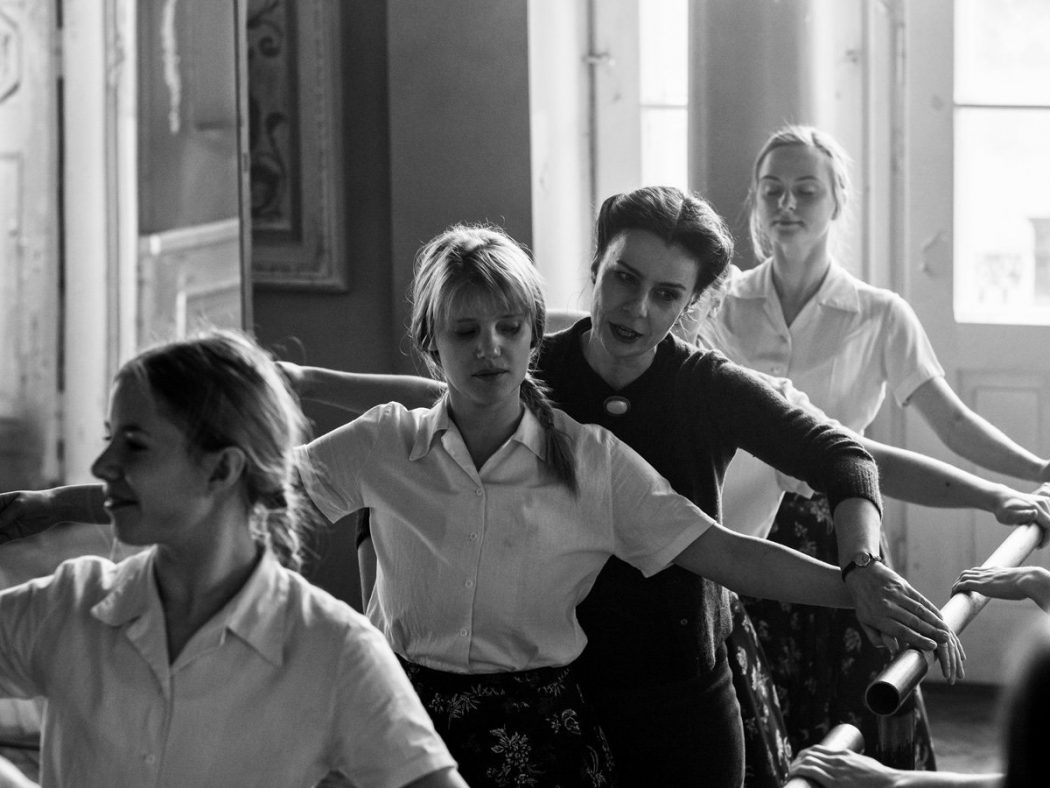
Polish-British filmmaker Pawel Pawlikowski emerged from almost total obscurity among both mainstream and arthouse audiences following his 2013 smash hit Ida, a harrowing character study following a conflicted nun on a quest of self-discovery, a film making incredible use of an unconventional aspect ratio as well as a haunting black and white look that’s just so poetically beautiful that it earned Pawlikowski an Oscar for Best Foreign Language Film as well as a nomination for Best Cinematography.
Cold War tells of a love story between two distinct individuals set against the titular landscape of the Cold War. Considering how sublime Ida was, expectations for Pawlikowski’s latest effort are high. Taking into account the film’s 1.37:1 aspect ratio as well as the fact that it’s shot in black and white, it becomes immediately apparent that Pawlikowski has finally found his visual style in filmmaking after almost a decade with relatively obscure and forgettable films.
We can only just hope that Cold War would solidify yet another name into the ranks of film history as opposed to just letting him fade into obscurity after a one-hit wonder.